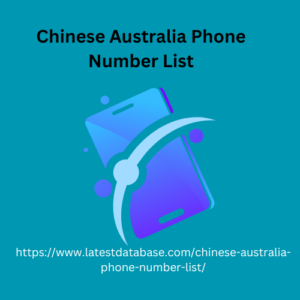|
|
Fueling your website for higher rankings, traffic, and revenue numbers starts with these best practices: Prioritize users: Search engines like Google want to deliver relevant, easy-to-use content. Commit to creating a website that’s easy to use, read, and understand. For example, use headings, lists, and images to make content skimmable when writing content. Incorporate keywords: One of the most common mistakes with DIY SEO is keyword stuffing. Focus on incorporating keywords naturally in your content — forcing a keyword will affect the user experience and appear spammy. Use multimedia: Who gets excited about reading a wall of text? No one.
So, invest the time to create multimedia for your Chinese Australia Phone Number List content, whether it’s screenshots, custom graphics, or video filmed on your smartphone. Establish a style guide: A style guide provides quick answers to common questions, like “What’s our preferred case for title tags?” or “Should all headings include the target keyword?” If you already have a style guide, work with its point of contact to add SEO guidelines. Some common DIY search engine optimization action items for optimizing website content include:

Writing title tags between 55-60 characters Writing meta descriptions between 140-155 characters Organizing content into relevant headings, like H2s, H3s, and H4s Writing SEO content that blends user needs with SEO best practices Targeting featured snippets with an H2 heading and a concise answer Adding descriptive alt text for images Updating SEO content to provide new, updated information With these best practices, you can bring structure (and success) to doing SEO on your own.
|
|